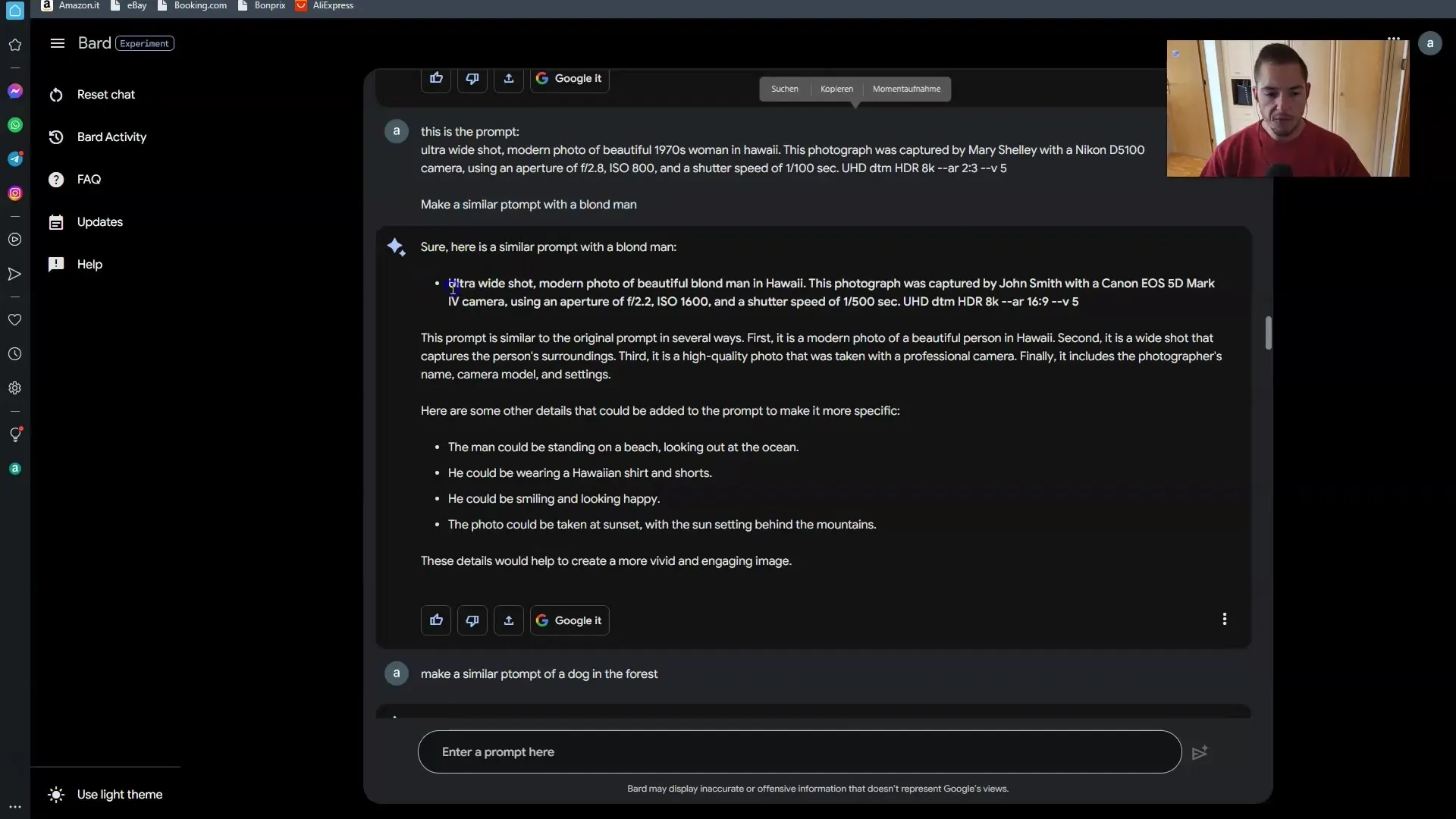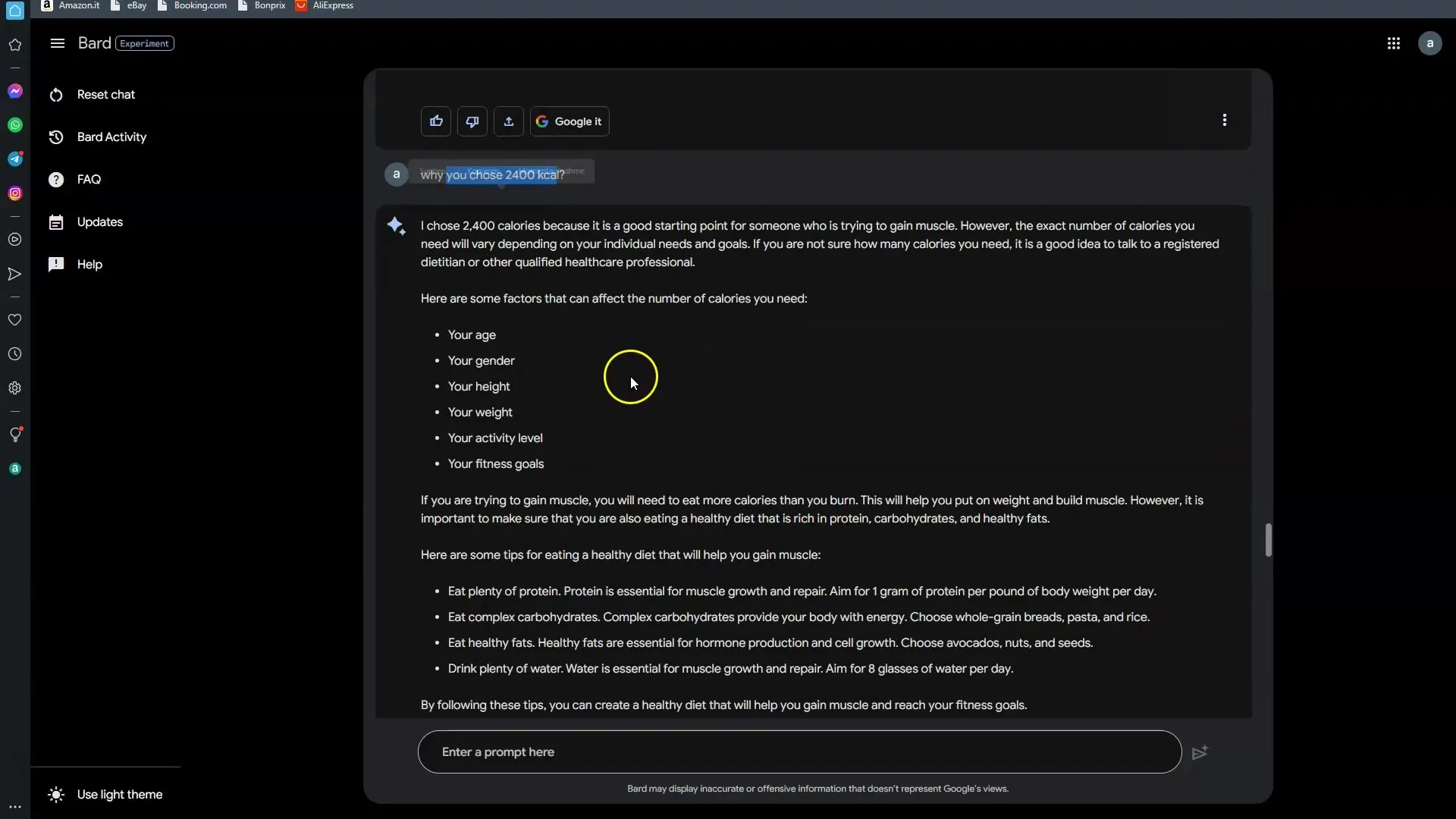Prompt engineering has become an important part of interacting with AI systems. Especially Google Bard has gained significance lately. In this tutorial, you will learn how to approach prompt engineering for Google Bard and when it is sensible not to exceed limits. We will look at some of the challenges you may initially face when using Bard.
Key Takeaways
- Prompt engineering for Google Bard does not always work as intended.
- It is important to use short and concise prompts, as Bard struggles to process complex or lengthy instructions.
- Often, the recall of previous requests is not perfect, meaning you need to be very direct in your interactions.
- Ensure not to provide overly detailed information in a prompt to achieve the best results.
Step-by-Step Guidelines
1. Understanding the Basic Functionality of Google Bard
Before starting with prompt engineering, familiarize yourself with the basic functions of Google Bard. Bard can process texts and generate responses, but the depth and accuracy depend heavily on the structure and content of your requests.
2. Crafting a Simple Prompt
When working with Bard, it's best to start with a simple and clear prompt. Instead of inserting complex information right away, structure your prompt in a way that makes it easy for Bard to respond to.
3. Iterative Approach to Requests
If your initial request does not yield the desired results, proceed iteratively. This means adjusting your prompt and adding more specific information to guide Bard. For more complex tasks, introduce information gradually.
4. Utilizing Examples and Minimizing Context
Bard often responds better when given concrete examples. Instead of listing multiple details at once, start with a simple template or example and build upon it. Again, keep the context as brief as possible.
5. Precision in Providing Information
When working with Bard, ensure that the information you provide is precise and relevant. For instance, if you need specific data, such as in the case of a dietary plan, introduce them gradually so Bard isn't overwhelmed.

6. Follow-up Queries and Clarifications
If Bard provides an answer that is not entirely clear or detailed, ask immediate follow-up questions. Direct communication helps clarify misunderstandings and obtain more precise information.

7. Working with Feedback
Be prepared to provide feedback - both to Bard and to yourself. If Bard's responses are not coherent, analyze where your prompt may have been unclear and adjust your strategy accordingly.
8. Understanding the Limits
You must be aware that while Bard is powerful, it may not meet the expectations of a fully capable AI model like ChatGPT. There are clearer limitations in complex or very lengthy instructions that you should consider in your interactions.
9. Testing and Optimizing Results
Once you receive a response from Bard, test if it is relevant to your purpose. Bard's ability to store context-specific information is limited. Use this to your advantage and optimize where possible.

Summary
In this guide, you learned how to effectively conduct prompt engineering for Google Bard. Focus on short, precise requests, proceed iteratively, and test your results to achieve the best performance.
Frequently Asked Questions
How does prompt engineering work with Google Bard?Prompt engineering involves strategically crafting your requests to receive helpful and relevant responses from Bard.
Why are short prompts better for Bard?Short prompts enable Bard to process information better and provide correct answers.
How can I improve Bard's performance?Ask precise questions and gradually build up your context to maximize Bard's effectiveness.


